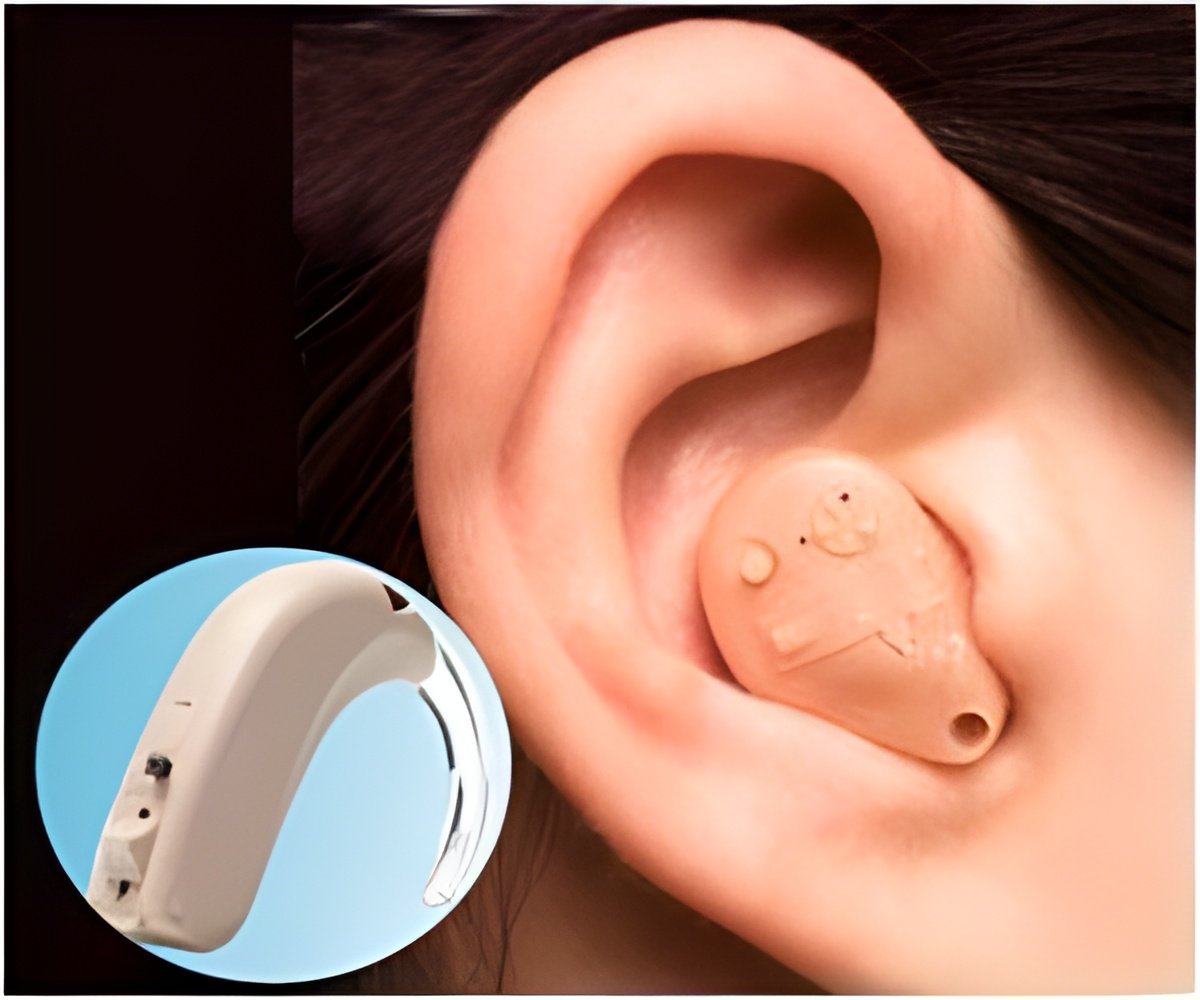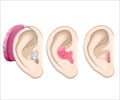
‘Micro-Electro-Mechanical Systems, or MEMS microphones have the potential of providing significant performance improvements in hearing aids.’
Tweet it Now
Distinguished Professor and Chair of the Mechanical Engineering Department Ron Miles is a co-principal investigator on the project. Capacitive sensing uses differences in electrical storage capacity of two electrodes, one fixed and one movable, to detect physical quantities. The technology can measure position, humidity, fluid levels, acceleration or noise in devices like accelerometers, gyroscopes, touchscreens, proximity sensors and microphones. The miniature sensors and devices are Micro-Electro-Mechanical Systems, or “MEMS.”
All hearing aids contain a miniature microphone (often two), a signal processor/filter to compensate for hearing loss, a small amplifier and a receiver which sends amplified sound into the ear, much like an ear bud, according to Miles.
While digital signal processing technology has produced significant performance improvements in hearing aids over the past decade, the ability to understand speech in noisy environments is still hampered by limitations in microphone technology with regard to microphone self-noise and directionality.
“This research will lead to new ways to sense sound that will overcome many performance limitations,” Miles said. “While this project uses microphones as an application area for capacitive sensing research, the intent is to overcome design constraints that plague all capacitive sensing devices.”
Advertisement
Source-Newswise















